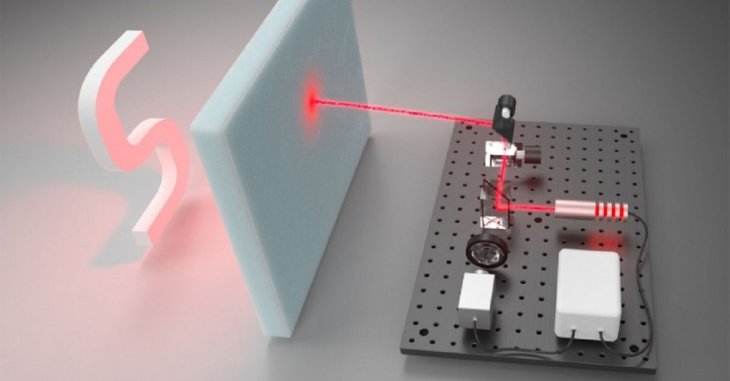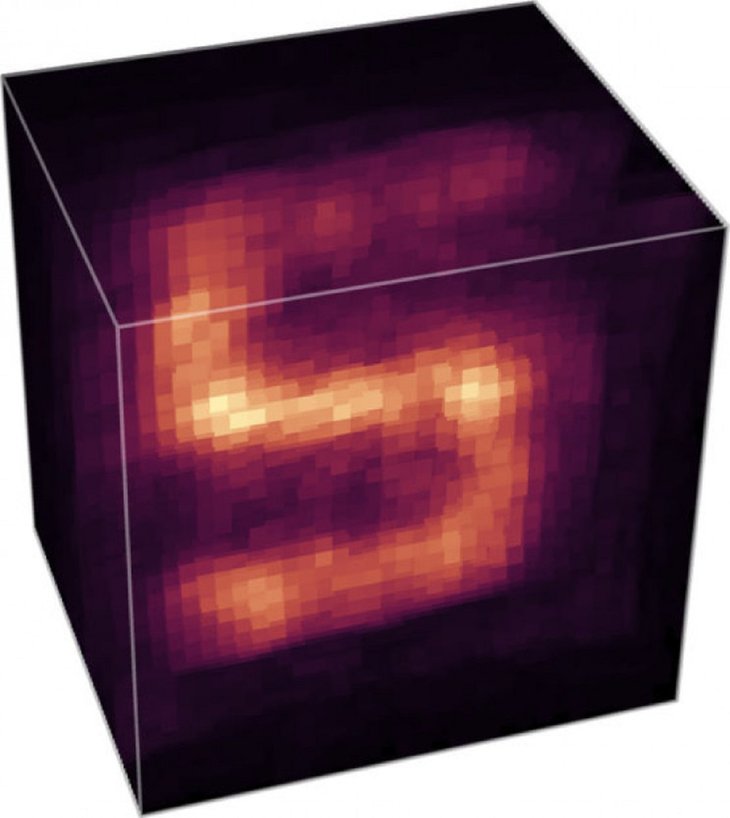Humans Could Look Through Walls And Clouds Like Superman Thanks To This Technology
Dhir Acharya - Sep 18, 2020

What do you think if you had the vision of Superman that allows you to look through clouds? This is completely possible thanks to this new technology.
- This Dragonfly Plane Eliminates The Disadvantage Of Current Aircraft
- This New 'Origami' Microchip Is 100 Times Faster Than Current Ones
- These Solar-Powered Sleeping Pods Will Help Thousands Of Homeless People
What do you think if you had the vision of Superman that allows you to look through clouds?
As fictional as it sounds, researchers have actually come up with a technology that gives you the ability to look through fog and clouds using something that resembles X-ray vision. The new device is developed by researchers from Stanford University.
From a system similar to those used to help autonomous vehicles see, the researcher enhanced it using an incredibly efficient algorithm that can reconstruct 3D objects based on the movements of the light particles.

The researchers demonstrated the work in their paper, describing how the system could reconstruct shapes hidden behind 2.5-centimeter thick foam, which is similar to the naked eye looking through a wall.
The paper’s senior author, Assistant professor Gordon Wetzstein of electrical engineering at Stanford University, said:
“A lot of imaging techniques make images look a little bit better, a little bit less noisy, but this is really something where we make the invisible visible. This is really pushing the frontier of what may be possible with any kind of sensing system. It’s like superhuman vision.”
This technique allows for seeing objects behind visible barriers but it’s the most suitable for large-scale uses like navigating autonomous vehicles in the fog or heavy rain as well as satellite imaging of planets through hazy conditions.
But researchers said the technology can also be used in other microscopic-scale systems in the medical area.

The system includes a laser paired with a super-sensitive photon detector to record the laser light hitting it. Obstructions like clouds, foam, and fog let occasional photon to go through. As a result, the system can pick up those tiny particles that pass through such barriers and hit the object behind then bounce back to the detector.
Then, an algorithm analyzes the position and time that the detector is hit by the photons to reconstruct the objects in 3D.
The paper’s lead author David Lindell said:
“You couldn’t see through the foam with your own eyes, and even just looking at the photon measurements from the detector, you really don’t see anything. But, with just a handful of photons, the reconstruction algorithm can expose these objects – and you can see not only what they look like, but where they are in 3D space.”

One day, this technology will help humans navigate through planets, allowing us to see through icy clouds as well as other visual barriers that prevent the naked eye from seeing things.
The researchers believe the system could improve safety for autonomous vehicles. They want to conduct more simulations and experiments to make the best use of this technology.
>>> New In-Chip Water Systems Will Keep Your Computer Chip From Overheating More Efficiently
Featured Stories

Features - Jul 01, 2025
What Are The Fastest Passenger Vehicles Ever Created?

Features - Jun 25, 2025
Japan Hydrogen Breakthrough: Scientists Crack the Clean Energy Code with...

ICT News - Jun 25, 2025
AI Intimidation Tactics: CEOs Turn Flawed Technology Into Employee Fear Machine

Review - Jun 25, 2025
Windows 11 Problems: Is Microsoft's "Best" OS Actually Getting Worse?

Features - Jun 22, 2025
Telegram Founder Pavel Durov Plans to Split $14 Billion Fortune Among 106 Children

ICT News - Jun 22, 2025
Neuralink Telepathy Chip Enables Quadriplegic Rob Greiner to Control Games with...

Features - Jun 21, 2025
This Over $100 Bottle Has Nothing But Fresh Air Inside

Features - Jun 18, 2025
Best Mobile VPN Apps for Gaming 2025: Complete Guide

Features - Jun 18, 2025
A Math Formula Tells Us How Long Everything Will Live

Features - Jun 16, 2025
Comments
Sort by Newest | Popular